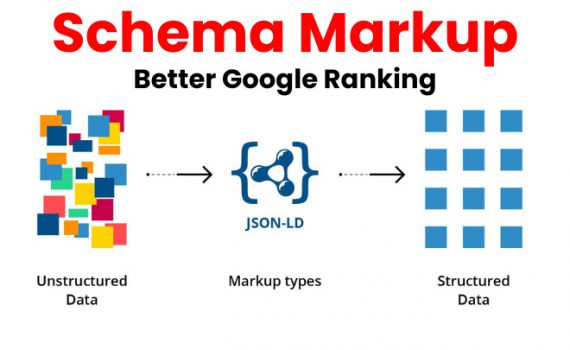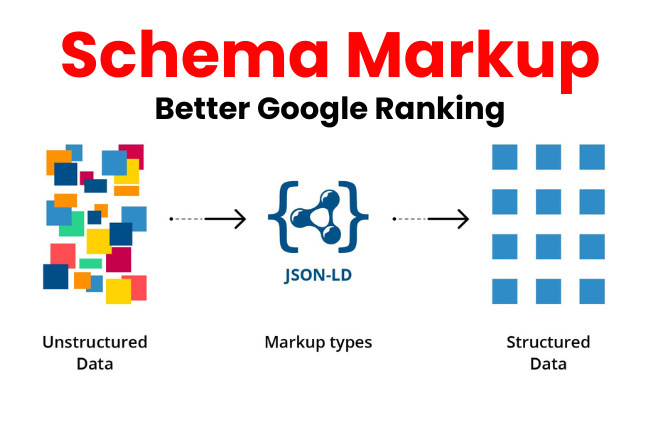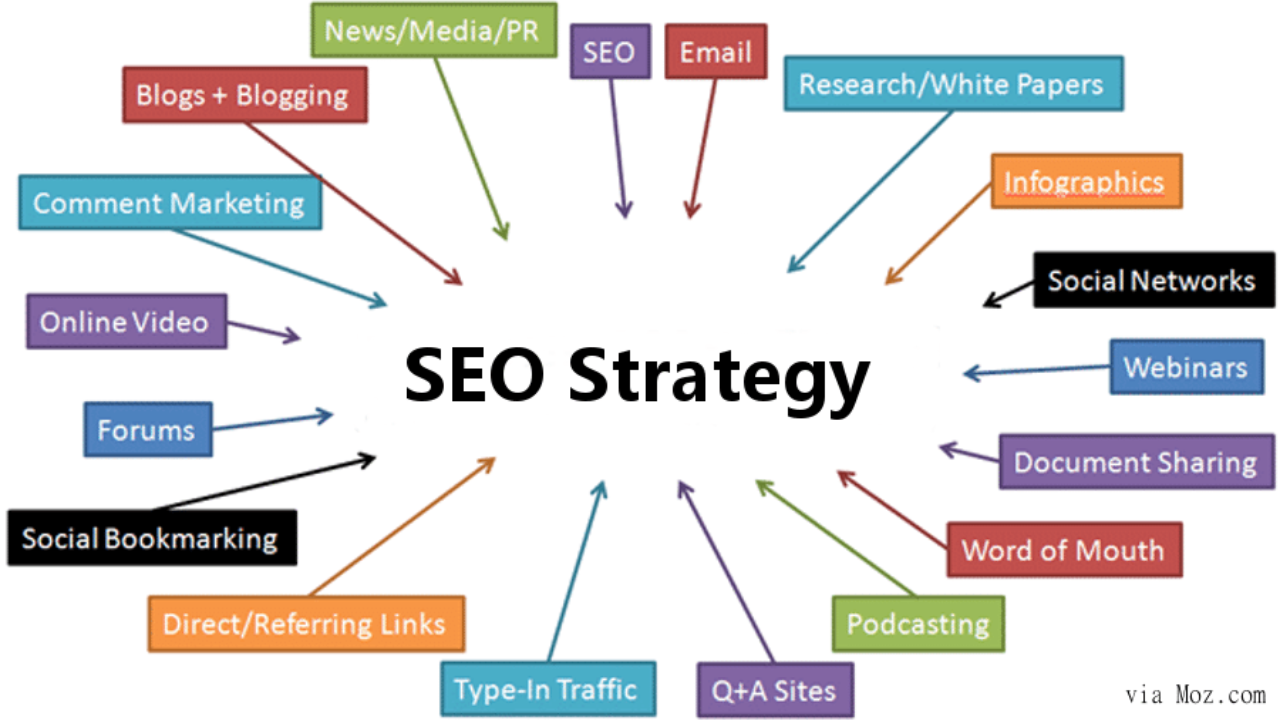
Structured Data SEO: How to Boost Your Search Rankings
Category : Seo Consulting
Hello, SEO enthusiasts! 🚀 If you’re looking to elevate your search visibility and enhance your website’s performance, structured data is a game-changer. Over the years, we’ve discovered how powerful structured data can be for boosting SEO results. In this guide, we’ll explore how implementing structured data can make a significant difference in your search rankings and overall web presence.
What is Structured Data?
Before we dive into the benefits, let’s clarify what structured data is. Structured data is a standardized format for providing information about a page and classifying the page content. It helps search engines understand the context of the content on your website.
We use structured data to mark up our content with specific tags, making it easier for search engines to interpret and display relevant information in search results. This can include details like reviews, products, events, and more.
Why Structured Data Matters for SEO
Structured data can significantly impact your SEO efforts by improving search visibility and enhancing user experience. Here’s why it matters:
Enhanced Search Listings: By using structured data, we can create rich snippets that make our search listings stand out. These enhanced listings often include additional information like star ratings, prices, and images, which can attract more clicks.
Better Indexing and Crawling: Structured data helps search engines understand and categorize our content more effectively. This can lead to better indexing and improved rankings.
Increased Click-Through Rates: Rich snippets and enhanced search listings are more appealing to users, which can increase our click-through rates and drive more traffic to our site.
How to Implement Structured Data: A Step-by-Step Approach
Here’s how we approach implementing structured data on our site:
1. Identify Key Content Types
First, we identify the types of content on our site that can benefit from structured data. Common types include:
Articles: Articles and blog posts can use schema markup to highlight the headline, author, and publication date.
Products: For e-commerce sites, we use structured data to provide information about products, including price, availability, and reviews.
Events: Events can be marked up with details such as event name, date, location, and ticket information.
2. Choose the Right Schema Markup
We use schema markup to specify the type of content and provide additional context. Here’s how we choose the right schema:
Use Schema.org Vocabulary: We refer to Schema.org for a comprehensive list of schema types and properties. This helps us select the appropriate schema for our content.
Follow Google’s Guidelines: Google provides guidelines on implementing structured data. We follow these guidelines to ensure our markup is compliant and effective.
3. Add Structured Data to Your Pages
We add structured data to our pages using one of three methods:
Microdata: We embed structured data directly into the HTML of our pages using specific tags.
RDFa (Resource Description Framework in Attributes): This method allows us to embed structured data within HTML attributes.
JSON-LD (JavaScript Object Notation for Linked Data): We use JSON-LD, a script-based format, to include structured data in the head section of our HTML. This method is recommended by Google for its simplicity and ease of use.
Here’s an example of JSON-LD for a product:
json
{
"@context": "https://schema.org",
"@type": "Product",
"name": "Example Product",
"image": "https://example.com/product.jpg",
"description": "This is a great product.",
"brand": {
"@type": "Brand",
"name": "Example Brand"
},
"sku": "12345",
"offers": {
"@type": "Offer",
"priceCurrency": "USD",
"price": "19.99",
"itemCondition": "https://schema.org/NewCondition",
"availability": "https://schema.org/InStock"
}
}
4. Test and Validate Your Structured Data
Before publishing, we test and validate our structured data to ensure it’s correctly implemented. We use the following tools:
Google’s Rich Results Test: This tool allows us to test our structured data and preview how it will appear in search results.
Google Search Console: We check for any structured data issues reported in Google Search Console. This helps us identify and fix errors.

Using structured data to improve search engine rankings
5. Monitor and Update
After implementation, we regularly monitor our structured data to ensure it continues to perform well. We update our markup as needed to reflect changes in our content or schema standards.
Best Practices for Using Structured Data
To get the most out of structured data, we follow these best practices:
Be Accurate and Detailed: We provide accurate and detailed information in our structured data. This ensures that search engines can use the data effectively and display relevant information.
Keep Up with Schema Updates: Schema.org regularly updates its vocabulary. We stay informed about new types and properties to keep our structured data current.
Avoid Overuse: We use structured data where it makes sense and adds value. Overusing structured data or marking up irrelevant content can lead to penalties.
In Conclusion
Leveraging structured data has been a game-changer for us, enhancing our search visibility and improving user engagement. By following the steps and best practices outlined in this guide, you can effectively implement structured data and reap the benefits for your site.
We hope this comprehensive guide helps you understand and utilize structured data to boost your SEO results. If you have any additional tips or experiences with structured data, we’d love to hear them! Let’s continue to explore and excel in the world of SEO together.



















